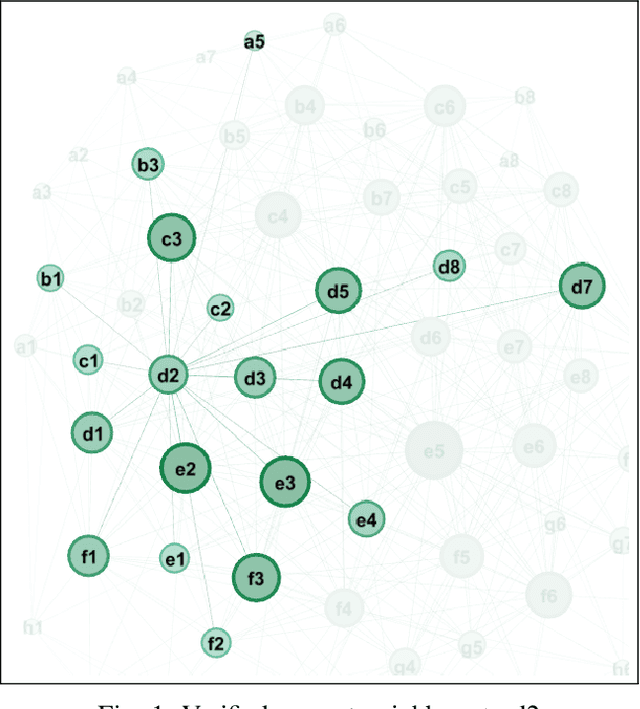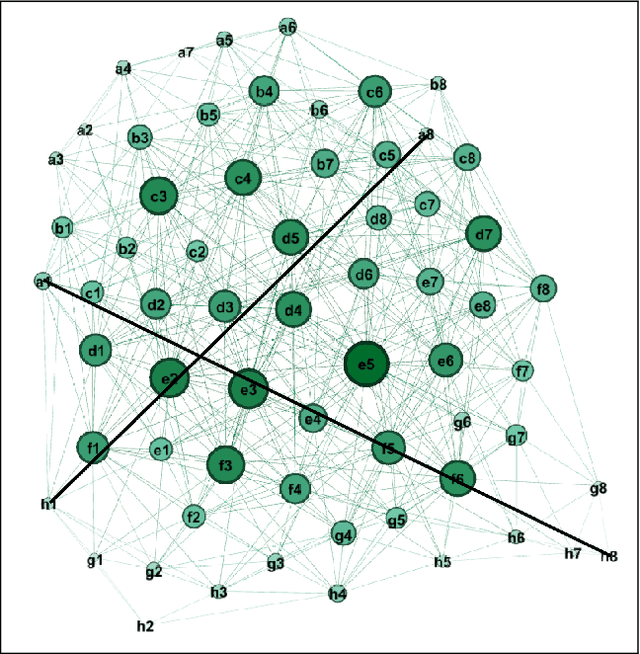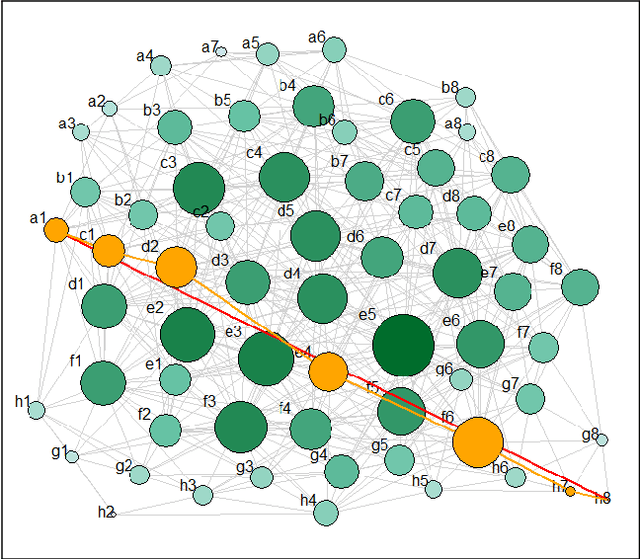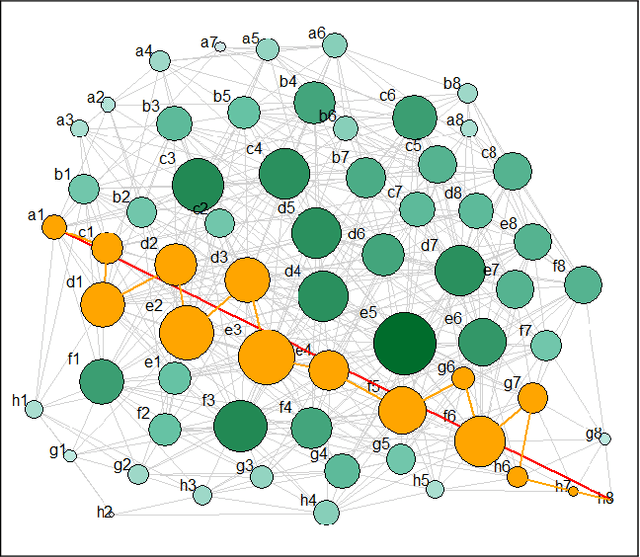Navigating Language Models with Synthetic Agents
Paper and Code
Aug 24, 2020



Modern natural language models such as the GPT-2/GPT-3 contain tremendous amounts of information about human belief in a consistently interrogatable form. If these models could be shown to accurately reflect the underlying beliefs of the human beings that produced the data used to train these models, then such models become a powerful sociological tool in ways that are distinct from traditional methods, such as interviews and surveys. In this study, We train a version of the GPT-2 on a corpora of historical chess games, and then compare the learned relationships of words in the model to the known ground truth of the chess board, move legality, and historical patterns of play. We find that the percentages of moves by piece using the model are substantially similar from human patterns. We further find that the model creates an accurate latent representation of the chessboard, and that it is possible to plot trajectories of legal moves across the board using this knowledge.
 Add to Chrome
Add to Chrome Add to Firefox
Add to Firefox Add to Edge
Add to Edge